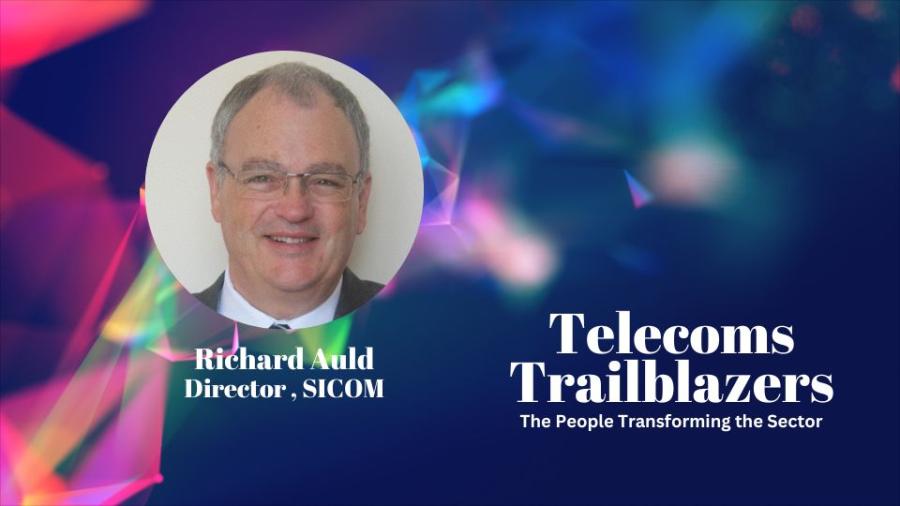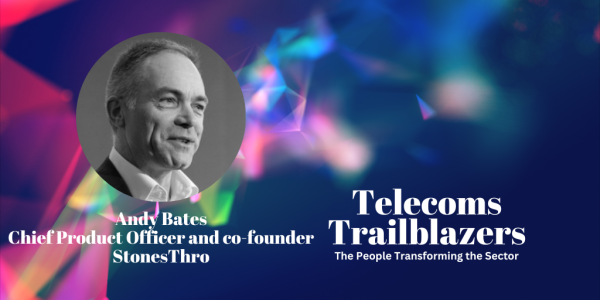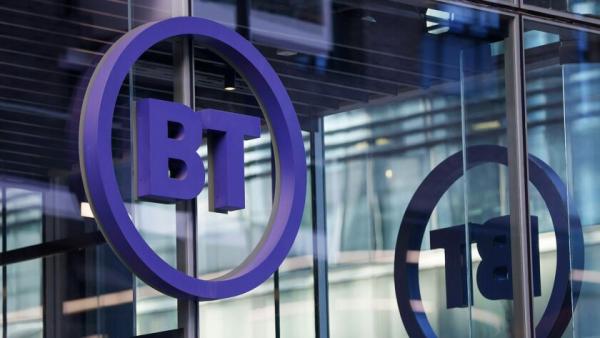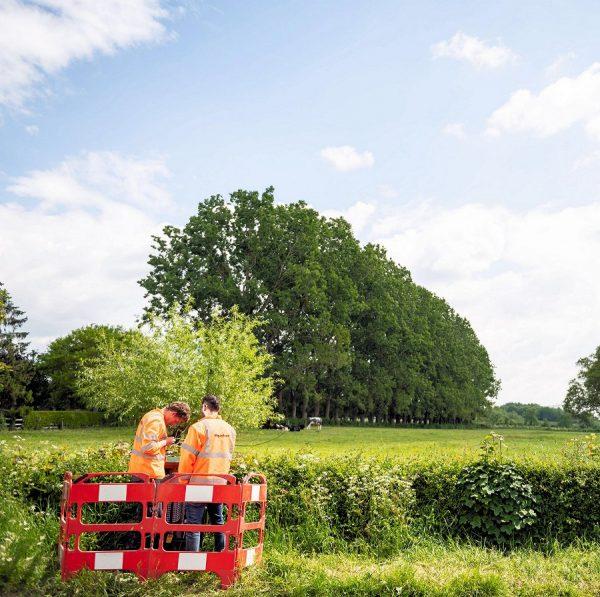
Hello, I’m Richard Auld and I am a Director at SICOM, a network consultancy business that specialises in optical fibre solutions and infrastructure. Using “dark fibre”—a fibre that has not been lit and is private to the customer—we connect buildings.
One of the current projects that I am working on uses spare telco fibres to identify leaks in nearby water pipes. Our job is to find the available fibre and match it to five trial sites in an OFWAT-sponsored project, a fascinating task that has proved to be incredibly rewarding.
Explaining the process to fibre companies including Openreach, Virgin Media and a host of Alternative Network Providers (alt-nets) forms a critical part of this work. We must find the right mix of fibre availability and match routes to water networks while negotiating commercial arrangements.
Alongside this, we are also connecting buildings using a dedicated fibre cable. This enables companies, universities and local authorities to minimise the long-term cost of their data networks and provide them with cost-effective high-capacity networks, reaching an impressive 100Gbps.
Within a site or campus, dark fibre can also be used to connect IoT devices for security, air quality, asset and property management. This, in turn, will reduce energy use, something that I feel deeply passionate about. Where possible, we should reinforce sustainability in the telco industry.
What do you enjoy most about working in this space?
Telecoms is always changing and developing. While each requirement is essentially a puzzle, new technologies continue to facilitate more flexible and cost-effective services.What’s the most ridiculous thing you’ve done in the name of work?
One of the fibre companies I used to work for runs its cables in London’s deep sewer system: the Victorian, brick-lined, 4m diameter sewers. I would take customers down to have a look… in a section that was closed off for maintenance, obviously!What excites you most about working in telecoms?
The constant change and excitement of new applications.What would you like people to know about your work?
Amongst other things, we specialise in strategic infrastructure. This entails planning to design a duct and fibre network around a campus, business park or multi-tenanted building to make it easy to adapt to whatever happens in the next 50 years. Most people leave the connectivity to the last minute or just involve Openreach. But to ensure the buildings have access to two fully diverse routes, we need to be involved from the start. Businesses now run on cloud-based apps, which can’t afford to be without connectivity.Why is a vibrant, flourishing telecoms ecosystem important for the UK?
Big businesses need good connectivity, but many are put off by costs and problems. Much of our life is now run by apps living in the cloud, which are just servers in a data centre. The connection to those applications 24/7 is critical. The ability to have a choice of different providers and methods of connectivity not only drives down costs but improves service through competition.









